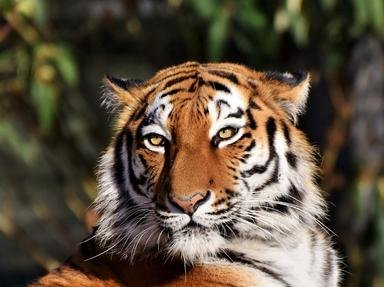Quiz Answer Key and Fun Facts
1. Herpailurus yagouaroundi; Central and South America
2. Lynx pardinus; Spain and Portugal
3. Leopardus wiedii; Central and South America; small spotted cat that lives in forests and looks like an ocelot
4. Felis nigripes; Southern Africa; Africa's smallest wild cat, and a deadly predator despite its size
5. Lynx rufus; North America; also known as the red lynx; mainly preys on rodents but can also kill deer
6. Panthera uncia; Central and South Asia; also known as the ounce; 'Kung Fu Panda'
7. Prionailurus viverrinus; South and Southeast Asia; lives in wetlands; state animal of West Bengal
8. Leptailurus serval; sub-Saharan Africa
9. Felis margarita; North Africa, South and Central Asia; lives in deserts
10. Otocolobus manul; Central Asia; also named after the person who discovered it
Source: Author
Kankurette
This quiz was reviewed by FunTrivia editor
rossian before going online.
Any errors found in FunTrivia content are routinely corrected through our feedback system.
